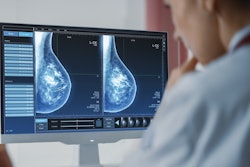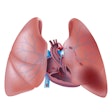More in Home
Medical groups critical of trimmed version of passed CR
December 23, 2024
AI improves diagnosis of acute PE, and thus patient care
December 23, 2024
Neiman index outperforms Charlson for predicting imaging use
December 20, 2024
40% of women in their 40s forgo biennial breast cancer screening
December 20, 2024
Practices must comply with the Corporate Transparency Act
December 20, 2024
Kidneys appear to tolerate Lu-177 treatments
December 19, 2024
Higher Medicaid-to-Medicare reimbursement ratios boost imaging use
December 19, 2024
AI algorithm 'harmonizes' brain MRI data from different scanners
December 18, 2024
Recommendations address AI bias, data transparency
December 18, 2024
AdvaMed applauds House Task Force on AI report
December 18, 2024
African American men respond more favorably to Ra-223 therapy
December 17, 2024

























